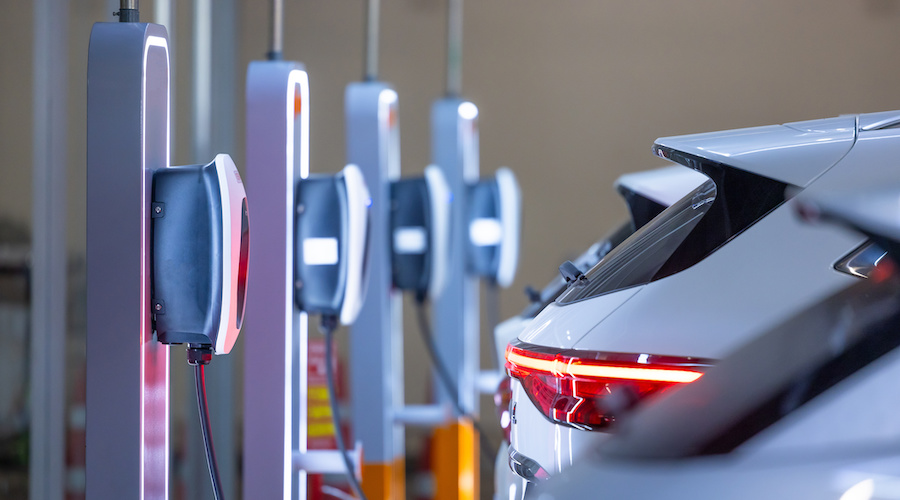Introduction
The electric vehicle (EV) industry in the United States is undergoing a significant transformation due to newly imposed tariffs on imported vehicles and auto parts. A 25% tariff on imported vehicles took effect earlier this month, with a similar tariff on auto parts set for next month. These measures are driving up costs for manufacturers, even for EVs assembled domestically, and are reshaping the landscape of mergers and acquisitions (M&A) in the sector.
Main Body
Impact on EV Production Costs
The tariffs are hitting critical EV components like graphite, aluminum, and copper, leading to substantial cost increases. For instance, battery cell costs could rise by as much as 51% if graphite prices spike. This inevitably translates to higher sticker prices for consumers, potentially slowing EV adoption at a time when the industry is already navigating rapid technological and regulatory shifts.
M&A Trends Under Tariff Pressure
The tariffs are also influencing dealmaking. According to Datasite, global deal starts rose by 12% in Q1 compared to last year, but industrial M&A growth lagged at just 4%, reflecting tariff-related uncertainties. A Datasite webinar revealed that 66% of dealmakers view tariffs as a major challenge for 2025. These pressures may drive consolidation, with companies acquiring U.S.-based suppliers or battery firms to localize supply chains. Foreign automakers might also seek U.S. operations to bypass tariffs, potentially spurring cross-border deals in manufacturing and logistics.
Supply Chain Shifts and Strategic Responses
In the short term, EV makers are looking to source components domestically, though key materials like steel and battery chemicals remain hard to obtain locally. Mexico could emerge as a manufacturing hub to mitigate tariff costs while staying close to the U.S. market. Meanwhile, trade policies continue to evolve, with hints of potential government support for carmakers adding further uncertainty.
Broader Implications and Questions
As a news editor, I see these tariffs as part of a broader geopolitical and economic chess game. How will they impact the U.S.'s position in the global EV race, especially against competitors like China, which dominates battery material supply? Could these policies inadvertently stifle innovation by burdening smaller EV firms with unsustainable costs? While intended to bolster domestic industry, the tariffs risk alienating consumers with higher prices, a concern amid current inflation debates. Additionally, the intersection of rising debt costs and a weakening U.S. dollar could complicate cross-border M&A, raising questions about the long-term viability of such strategies.
Conclusion
The new tariffs are a double-edged sword for the EV industry, fostering domestic investment while challenging cost structures and consumer affordability. As trade rules evolve and economic pressures mount, companies that adapt swiftly—through strategic acquisitions, localized supply chains, or innovative technologies—will likely lead the future of mobility. Dealmakers and manufacturers must navigate this complex terrain with agility to seize emerging opportunities.
